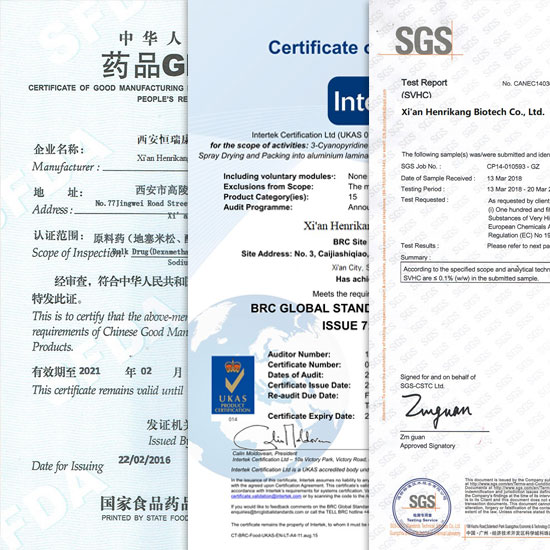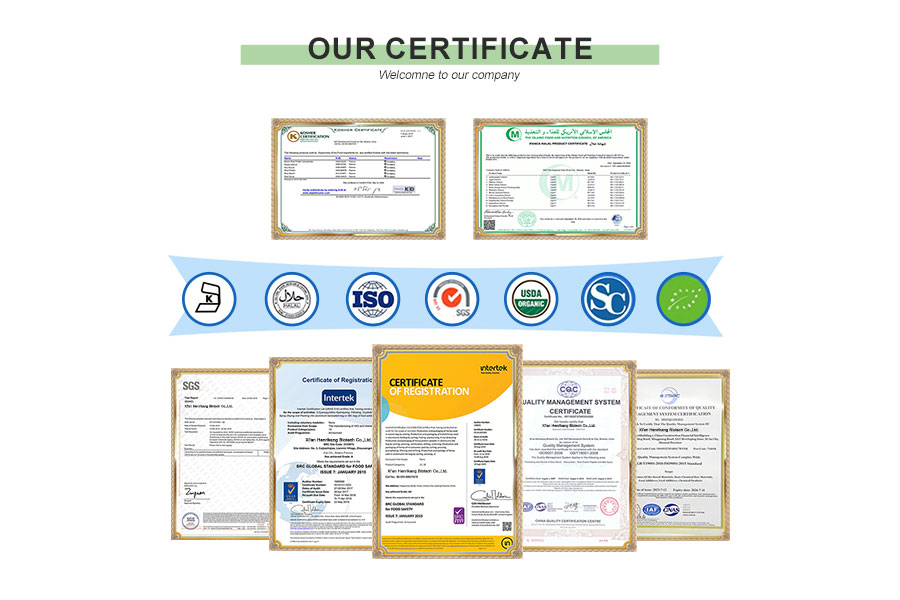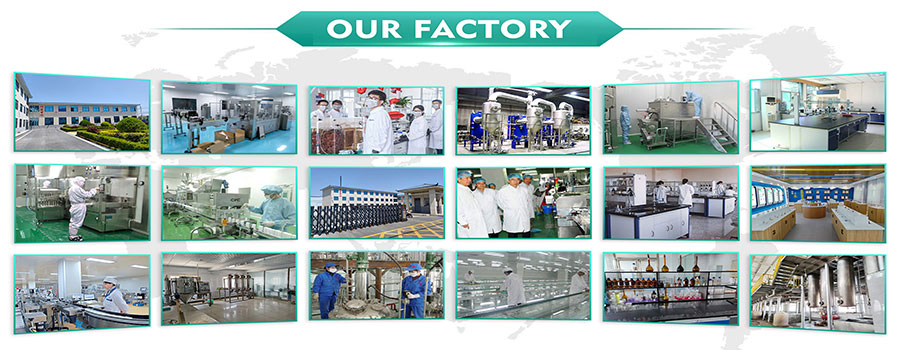





Related Attributes
Product details
Converting enzymes are widely found in the digestive fluids of plants, microorganisms and animals. Plant-derived invertase acts on the fructosyl portion of the sucrose molecule to catalyse the hydrolysis of the β-fructofuranoside bond, and is of the β-fructosidase type. There are two types of invertase in plants: one is an acidic invertase with an optimum pH of 4.5-5.0, which has a high viability in tissues where Chemicalbook grows vigorously; the other is an alkaline invertase with an optimum pH of 7.5-8.0, which has a high viability in mature tissues. Certain invertases from animal and microbial sources act on the glucosyl part of the sucrose molecule to catalyse the hydrolysis of the α-glucosidic bond, and are of the α-glucosidase type.
Uses of Invertase.
Enzyme preparation. Mainly breaks down sucrose into converted sugar, thus obtaining a high concentration of sugar solution with higher solubility than sucrose and less likely to precipitate sugar crystals, which is used in ice-cream, liquid chocolate, preserves, all kinds of candies, jams, and so on. It is also used in the production of artificial honey and the removal of sucrose from food.

Pharmacological Action of Invertase.
Product Method of Invertase.
Use the good strains of brewer's yeast (Saccharaomyces cerevisiae) or Calpers yeast (S.cnrlsbetjgensis), cultivated in the medium containing 2% sucrose with aeration, Chemicalbook collect the resulting yeast, add trichloromethane, ethyl acetate, toluene for autolysis, so that the sucrase is dissolved outwardly towards the bacterium, and then Add alumina, kaolin and other adsorption refining, with 50% ethanol to make the enzyme precipitation and obtained. Pure enzyme is not stable, so add more glycerol and other dilution.
WHY CHOOES US?

OUR CERTIFICATE

CUSTOM PROCESS

OUR PACKAGE

OUR EXHIBITION

OUR FACTORY

Shipping

Pharmaceutical Intermediate manufacturers
©2022 Xi'an Henrikang Biotech Co., Ltd.,